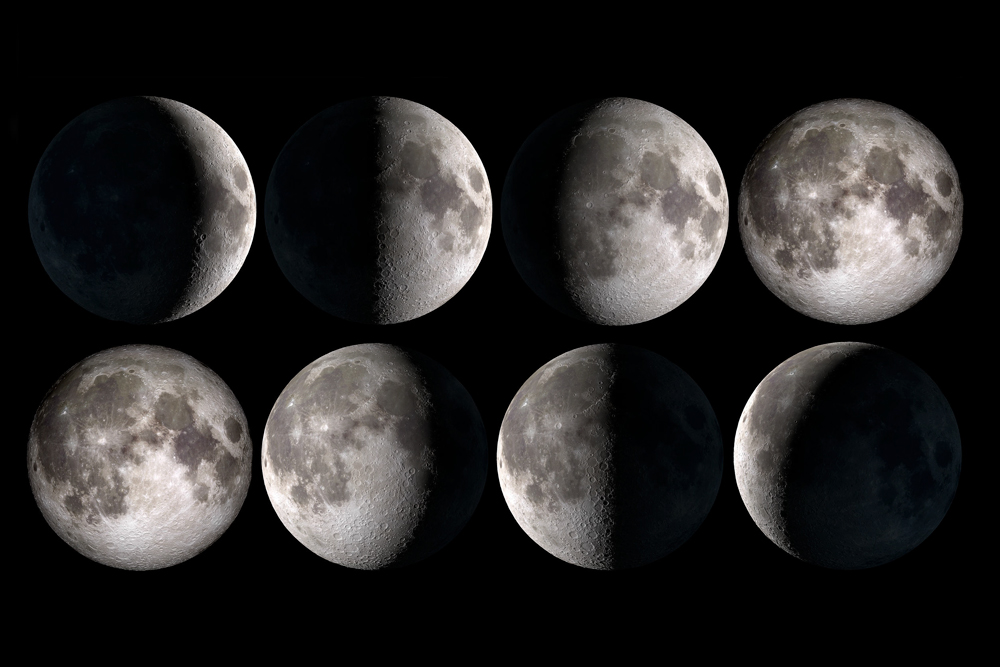Quadrature of the Circle
The problem of constructing a square of equal area as the given circle; one of the classical ancient problems on constructions with a ruler and compass. The side of a square equal in area to a circle of radius r has length r√π. Thus the problem of the quadrature of the circle reduces to the following: To construct a line of length √π. Such a construction cannot be realised with a ruler and compass since π is a transcendental number, as was proved in 1882 by F. Lindemann. However, the problem of the quadrature of a circle is solvable if one extends the means of construction, for example, by using certain transcendental curves, called quadratrices.
© Encyclopedia of Mathematics
Squaring the Circle
Squaring the circle is a problem proposed by ancient geometers. It is the challenge of constructing a square with the same area as a given circle by using only a finite number of steps with compass and straightedge. The difficulty of the problem raised the question of whether specified axioms of Euclidean geometry concerning the existence of lines and circles implied the existence of such a square.
In 1882, the task was proven to be impossible, as a consequence of the Lindemann-Weierstrass theorem which proves that pi (π) is a transcendental, rather than an algebraic irrational number; that is, it is not the root of any polynomial with rational coefficients. It had been known for decades that the construction would be impossible if π were transcendental, but π was not proven transcendental until 1882. Approximate squaring to any given non-perfect accuracy, in contrast, is possible in a finite number of steps, since there are rational numbers arbitrarily close to π.
From Wikipedia, the free encyclopedia

A heavenly marriage through squaring the circle according to circumference in which a circle (a) is drawn around the earth with a circumference practically equal to the perimeter of the square (abcd) whereby the area of the circle is 27.32% larger than the area of the square and wherein 27.32 represents the sidereal cycle of the moon of 27.32 days.
The horizontal line e-f thus obtained corresponds to the 35th layer of the great pyramid representing the moon and consisting of twice as large limestone blocks, the axis of which is 29.5 metres above the pyramid’s base and wherein 29.5 represents the synodic cycle or lunar cycle of the moon of 29.5 days.
The sidereal period of the Moon is the time needed for it to return to the same position against the background stars. The Moon appears to move completely around the celestial sphere once in 27.322 days as observed from the Earth. This is called a sidereal month.
The synodic period is the time between two successive new moons or full moons. This is called a synodic or lunar month with a long-term average duration of 29.531 days.

Squaring a given circle according to practically equal circumference and perimeter results in an area of the circle which is 27.32% larger than the area of the square.
Squaring a given circle according to practically equal areas results in a square with an area which is 27.32% larger than the area of the square belonging to equal perimeter/circumference.

The 35th layer represents the Moon
The magical number 2732 is a universal constant that recurs in many scientific concepts:
The ratio of the Earth’s diameter to the Moon’s diameter is 0.2732. The Moon is 27.32% the size of the Earth
The temperature in the universe is the temperature of Absolute Zero is 0K is – 273.2 °C
In Squaring the Circle according to equal circumference; the area of the circle is 27.32% larger than the area of the square
The difference in area of the squares in Squaring the Circle according to circumference and area is 27.32%
The cosmic background radiation is an electromagnetic radiation from the “Big Bang” and is 2.73 K
The average length of a human pregnancy is 10 sidereal months is 273 days
The human menstrual cycle is 27.3 days
From the summer solstice to the vernal equinox is 273 days
The freezing point of water on the Kelvin scale is 27.32 K
At 1 atm, water freezes at 0°C or 273.2 K
The circumference of the Sun is 2,730,000 statute miles
The acceleration of the Sun is 273 m/s²
Sunspots revolve about the Sun’s surface in 27.3 days, the approximately 27-day period of solar activity
The acceleration of the Moon along its path around the Earth (centripetal acceleration) is 0.273 cm/s²
The height of the Great Pyramid to half its base is 1.273
The triple point of pure water is the temperature and pressure at which water can exist in equilibrium in the liquid, solid, and gaseous states and is 273.16 K
The expansion/reduction of gas is 1/273.2 per °C
The reciprocal value of a leap year is 1/366 = 0.002732 days
It takes the Sun an average of 27.3 days to rotate around its own axis











